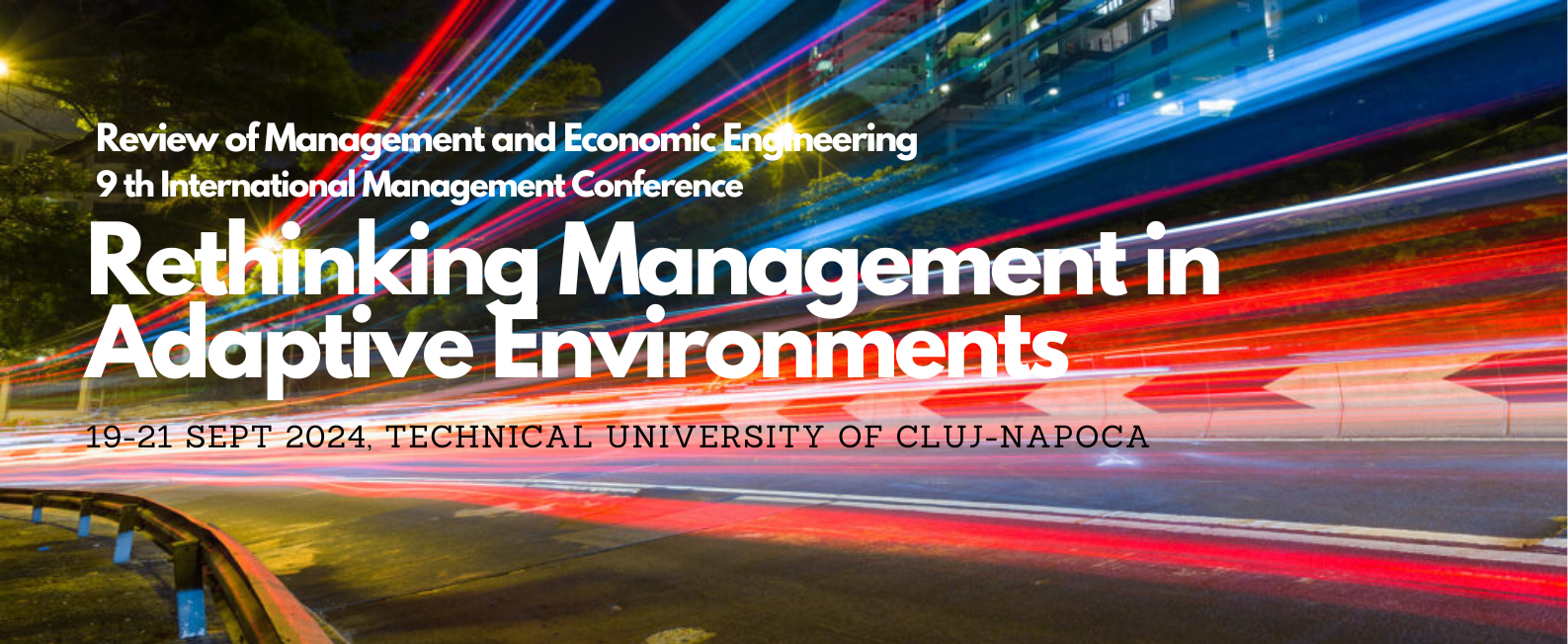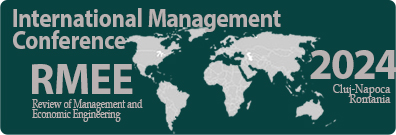Located in the heart of Transylvania, in a picturesque area, Cluj-Napoca has a special charm, given by the 2000 years history, the geographical location and the people, because here, time flows differently, and the people take the time to say hello to each other, to walk between the boomed trees in the Botanical Garden, to watch the reflection of the sun beams in the twin buildings on the Mirror Street, to smile and to invite you to discover the local culture and traditions.
Ancient culture and civilization center, Cluj is known from Roman times, when it was named Napoca and became one of the main settlements of the Daco-Roman Province. Its importance was maintained in the medieval period when Cluj became part of the seven cities that gave the German name of Transylvania: Siebenburgen.
Today, Cluj-Napoca is the country’s second largest city, located in the center of Cluj County and covers an area of about 180 km2 on Someş Mic and Nadăş Valley, with extensions on the secondary Valleys of Popeşti, Chintău, Borhanci and Popii. In the south, it occupies the space of the upper terrace on the north side of Feleacu Hill. Surrounded on three sides by hills with heights between 500 and 700 meters, it has the appearance of a real fortress.
Specific to the area of Transylvania, Cluj is a multiethnic and multi-confessional city, with a population of 323.108 inhabitants (at 1st of July 2017), with an ethnic structure consisting of: Romanians (80,07%), Hungarians (15,97%), Rroma (1.06%), Germans (0,16%), Jewish (0,05%) and other nationalities (2,69%), and a confessional structure as follows: 69,09% are of Orthodox religion, 10,11% Reformed, 4,84% Roman-Catholic, 4,73% Greek-Catholic, 2,68% Pentecostal, 1,1% Unitarian , 0,32% Baptist (according to the 2011 census).
Romania is a country located at the crossroads of Central, Eastern, and Southeastern Europe. It has borders with the Black Sea to the southeast, Bulgaria to the south, Ukraine to the north, Hungary to the west, Serbia to the southwest, and Moldova to the east. It has a predominantly temperate-continental climate. With a total area of 238,397 square kilometers (92,046 square miles), Romania is the 8th largest country and also the 6th most populous member state of the European Union, having almost 20 million inhabitants. Its capital and largest city is Bucharest, and other major urban areas include Cluj-Napoca, Timișoara, Iași, Constanța, Craiova, Brașov, and Galați.
The River Danube, Europe's second-longest river, rises in Germany's Black Forest and flows in a general southeast direction for 2,857 km (1,775 mi), coursing through ten countries before emptying into Romania's Danube Delta. The Carpathian Mountains, which cross Romania from the north to the southwest, include Moldoveanu Peak, at an altitude of 2,544 m (8,346 ft).
Modern Romania was formed in 1859 through a personal union of the Danubian Principalities of Moldavia and Wallachia. The new state, officially named Romania since 1866, gained independence from the Ottoman Empire in 1877. Following World War I after declaring its neutrality in 1914, when Romania fought on the side of the Allied powers starting with 1916, Bukovina, Bessarabia, Transylvania as well as parts of Banat, Crișana, and Maramureș became part of the sovereign Kingdom of Romania. In June–August 1940, as a consequence of the Molotov–Ribbentrop Pact and Second Vienna Award, Romania was compelled to cede Bessarabia and Northern Bukovina to the Soviet Union, and Northern Transylvania to Hungary. In November 1940, Romania signed the Tripartite Pact and, consequently, in June 1941 entered World War II on the Axis side, fighting against the Soviet Union until August 1944, when it joined the Allies and recovered Northern Transylvania. Following the war, under the occupation of the Red Army's forces, Romania became a socialist republic and member of the Warsaw Pact. After the 1989 Revolution, Romania began a transition towards democracy and a market economy.
Romania ranks 52nd in the Human Development Index, and is a developing country. It has the world's 47th largest economy by nominal GDP and an annual economic growth rate of 7% (2017), the highest in the EU at the time. Following rapid economic growth in the early 2000s, Romania has an economy predominantly based on services, and is a producer and net exporter of machines and electric energy, featuring companies like Automobile Dacia and OMV Petrom. It has been a member of the United Nations since 1955, part of NATO since 2004, and part of the European Union since 2007. An overwhelming majority of the population identifies themselves as Eastern Orthodox Christians and are native speakers of Romanian, a Romance language.



